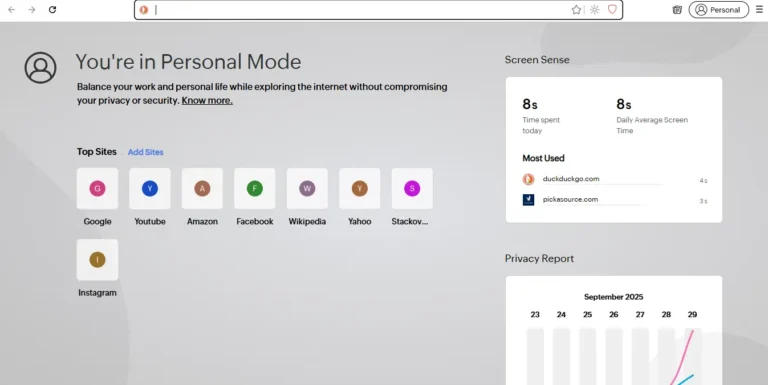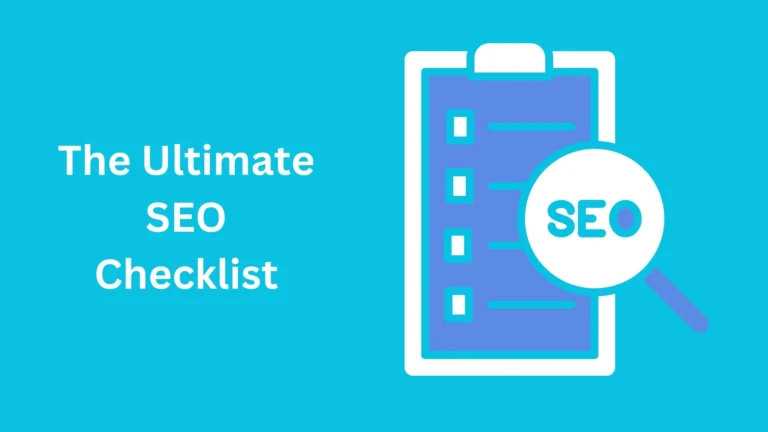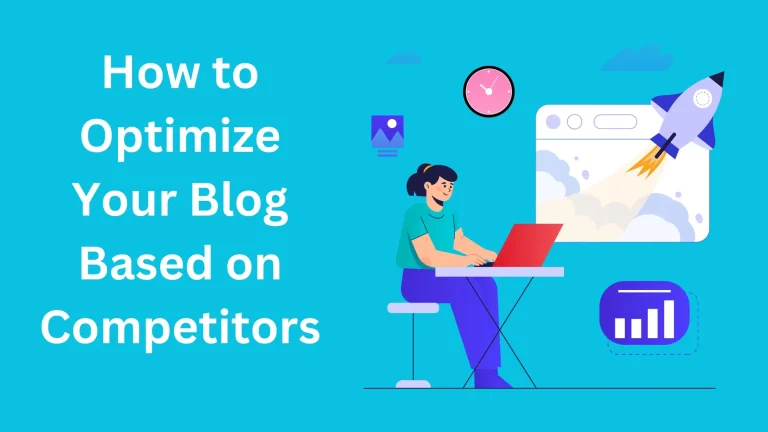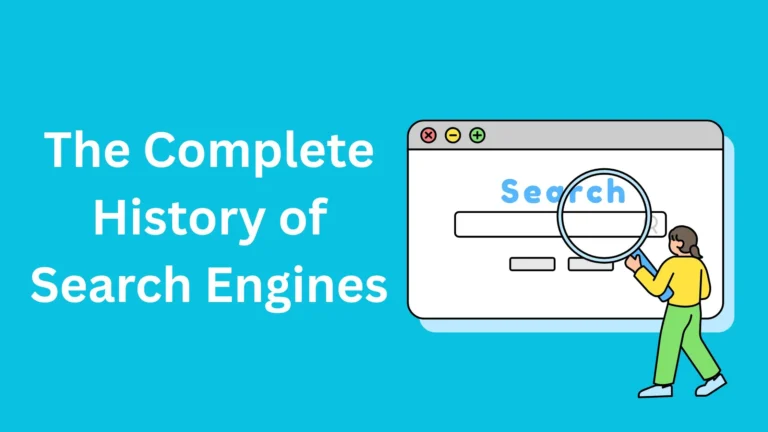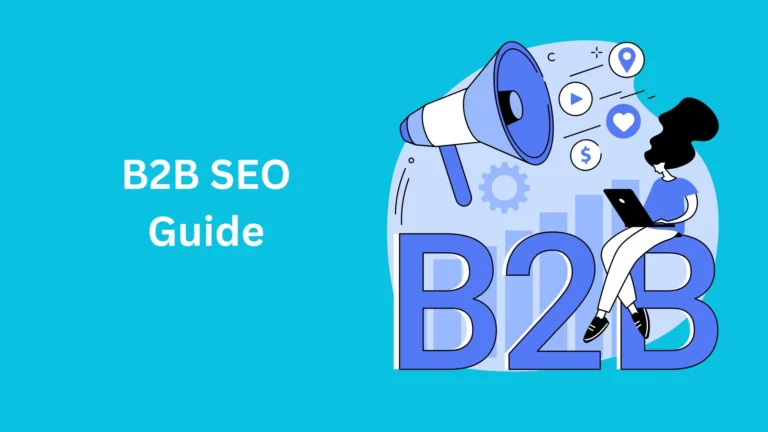Strategies for Improving Google Ranking and Increasing Organic Traffic
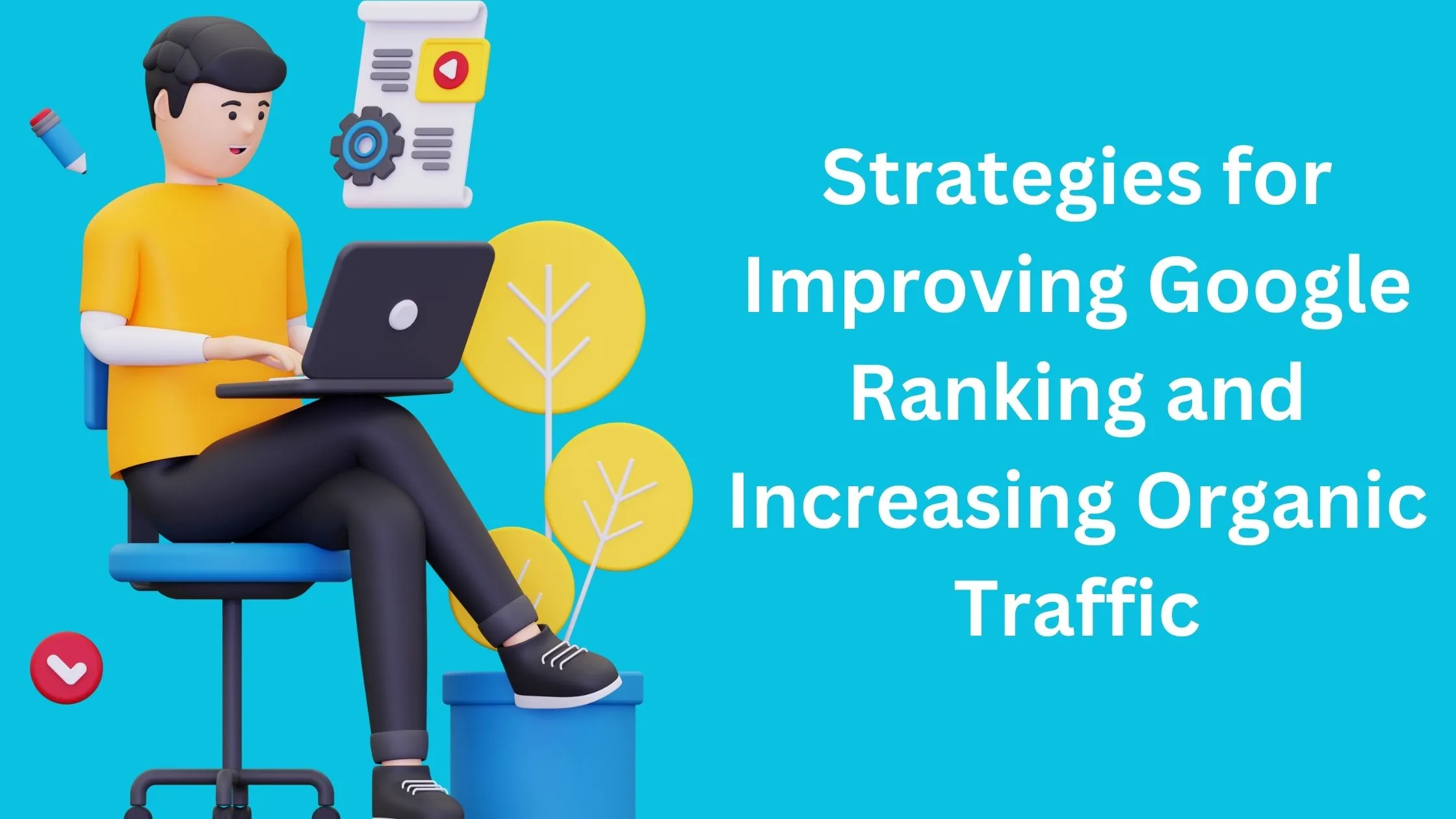
When was the last time you clicked on the second page of Google results?
If you’re like most people, the answer is probably “almost never.”
This behavior highlights why being on the first page of search results is crucial.
So, how do you climb the rankings and get that coveted organic traffic?
Let’s break it down into simple, actionable steps.
Understanding Google’s Ranking System
Before diving into strategies, let’s answer a basic question: How does Google decide which website ranks higher?
Google’s algorithm considers over 200 factors to rank websites. While we don’t know the exact formula, key factors include:
- Relevance: Does your content match the search intent?
- Authority: Is your website a trusted source?
- User Experience: Is your site easy to navigate and fast to load?
With these pillars in mind, here are actionable strategies to improve your rankings.
Conduct Thorough Keyword Research
Ever tried finding a needle in a haystack?
That’s what your website might feel like to searchers if you’re not targeting the right keywords.
Actionable Steps:
- Use tools like Google Keyword Planner or Ubersuggest to identify keywords with high search volume and low competition.
- Focus on long-tail keywords (e.g., “best SEO tools for beginners”). These are more specific and have less competition.
- Incorporate local keywords if you target a specific location (e.g., “SEO services in Chicago”).
Pro Tip: Use keywords naturally. Overloading content with keywords (keyword stuffing) can hurt your rankings.
Create High-Quality, Valuable Content
Does your content solve a problem or answer a question?
Google rewards content that is useful, engaging, and well-researched.
How to Do It:
- Write for humans first, search engines second. Use a conversational tone to connect with your audience.
- Include actionable tips, examples, or case studies.
- Keep content updated. Fresh content shows Google your site is active and relevant.
Example: Instead of writing “Why SEO is important,” create a guide like “10 SEO Strategies to Boost Traffic Today.
Optimize On-Page SEO
On-page SEO ensures Google understands your content. This includes optimizing your titles, headings, and images.
Key Elements to Optimize:
- Title Tags: Include the main keyword and keep it under 60 characters.
- Meta Descriptions: Write a compelling summary (150-160 characters) to increase click-through rates.
- Headings (H1, H2, H3): Use keywords in headings to structure your content logically.
- Images: Compress images for faster loading and add alt text with relevant keywords.
Example: If your blog is about “Best Travel Tips,” your title could be: “10 Best Travel Tips to Make Your Next Trip Hassle-Free.”
Improve Website Speed
Did you know that 53% of mobile users leave a site that takes more than 3 seconds to load? Site speed isn’t just about user experience; it’s a ranking factor too.
Quick Fixes:
- Use tools like Google PageSpeed Insights to identify speed issues.
- Compress images and use lazy loading for better performance.
- Upgrade to a faster hosting provider.
- Use a content delivery network (CDN) to deliver content faster.
Build Backlinks from Authoritative Sites
Backlinks are like votes of confidence for your website. The more high-quality backlinks you have, the higher your authority in Google’s eyes.
How to Get Backlinks:
- Write guest posts for reputable blogs in your niche.
- Create shareable content like infographics or in-depth guides.
- Reach out to websites for broken link opportunities.
Pro Tip: Avoid spammy or irrelevant backlinks. They can do more harm than good.
Enhance Mobile Usability
Is your website mobile-friendly?
With over 60% of searches coming from mobile devices, this is non-negotiable.
Mobile Optimization Tips:
- Use responsive design so your site adjusts to any screen size.
- Simplify navigation for smaller screens.
- Test your site on mobile using Google’s Mobile-Friendly Test.
Relatable Scenario: Imagine searching for a recipe on your phone, only to find a site with tiny text and buttons. Would you stay or leave? Your visitors feel the same way.
Leverage Internal Linking
Internal links guide users to other relevant pages on your site and help Google understand your content structure.
Best Practices:
- Link to related articles naturally.
- Use descriptive anchor text (e.g., “learn how to write SEO-friendly blogs” instead of “click here”).
- Avoid excessive linking; keep it user-focused.
Focus on User Engagement Metrics
Google monitors how users interact with your site. Metrics like bounce rate, session duration, and click-through rate (CTR) can influence rankings.
Strategies to Boost Engagement:
- Use multimedia like videos and images to make your content engaging.
- Write captivating introductions and use storytelling.
- Add a call-to-action (CTA) to encourage interactions.
Optimize for Voice Search
Voice search is growing rapidly, thanks to smart speakers and virtual assistants like Alexa. Voice queries tend to be conversational and question-based.
How to Adapt:
- Focus on long-tail keywords and natural language.
- Include FAQs in your content.
- Optimize for local searches (e.g., “best pizza near me”).
Track and Analyze Performance
If you don’t measure your efforts, how will you know what’s working? Regular tracking helps refine your strategies.
Tools to Use:
- Google Analytics: Monitor traffic, bounce rates, and session duration.
- Google Search Console: Track keyword performance and fix indexing issues.
- Ahrefs/Semrush: Analyze backlinks and competitors.
Final Thoughts: Small Steps, Big Results
Improving your Google ranking and organic traffic isn’t an overnight process, but with consistent effort, you’ll see results. Start with small, manageable changes and build from there.
Ask yourself: Are you ready to implement these strategies and take your website to the next level?
The steps are simple, but the rewards are massive—higher traffic, better visibility, and a growing audience eager to engage with your content.
Remember: The journey to the first page of Google begins with understanding your audience and delivering value.
Are you up for the challenge?
Comment below!
If you are new to SEO, then check out our SEO Basics post and complete SEO checklist guide too.

With 5+ years of SEO experience, I’m passionate about helping others boost their online presence. I share actionable SEO tips for everyone—from beginners to experts.
